Table of Contents
Are You Using Too Much Plastic in Your Packaging?
Excessive plastic packaging has become a critical concern for businesses and consumers alike. With growing environmental awareness, brands are reassessing their packaging strategies to reduce plastic waste while maintaining product integrity. This guide explores how to identify unnecessary plastic use, evaluate alternatives, and implement more sustainable packaging solutions without compromising functionality.
Plastic Packaging Assessment: Signs of Excess
Several indicators suggest your packaging may contain more plastic than necessary. These include multiple layers of plastic wrapping, oversized containers relative to product size, and non-recyclable plastic components that could be replaced with sustainable alternatives.
Common examples of plastic overuse include:
- Double or triple wrapping products that don't require multiple barriers
- Using plastic windows in packaging when they serve only aesthetic purposes
- Incorporating plastic elements that could be replaced with paper-based alternatives
- Choosing mixed material packaging that prevents effective recycling
Conducting a packaging audit can help identify these issues. Examine each component of your packaging and question its necessity for product protection, compliance, and customer experience.
Environmental and Business Impact of Excessive Plastic
The consequences of excessive plastic packaging extend beyond environmental harm. Businesses face increasing scrutiny from consumers who prioritize sustainability in their purchasing decisions.
According to research on plastic packaging usage, brands using excessive plastic risk reputation damage and reduced customer loyalty. Conversely, those implementing thoughtful reduction strategies often see improved brand perception and customer retention.
Sustainable Alternatives to Traditional Plastic Packaging
Bioplastics and Plant-Based Films
Bioplastics derived from renewable resources offer promising alternatives to petroleum-based plastics. Plant-based films can provide similar barrier properties while reducing environmental impact. However, understanding their specific properties and limitations is essential for successful implementation.
Innovative Eco-Materials
Emerging materials like mushroom-based packaging and seaweed or rice paper alternatives offer biodegradable options for certain applications. These materials break down naturally without leaving microplastics behind.
Mono-Material Solutions
Transitioning to mono-material packaging simplifies the recycling process by eliminating the need to separate different materials. This approach can significantly improve recycling rates while maintaining product protection.
Balancing Safety Requirements with Sustainability Goals
While reducing plastic is important, certain products require protective packaging for safety reasons. This is particularly true for products that need to be kept away from children. According to safety regulations regarding protective packaging, certain items must use packaging designed to be difficult for children under five to open while remaining accessible to adults.
The challenge lies in developing packaging that meets these safety requirements while minimizing environmental impact. Options include:
- Child-resistant paper-based packaging with minimal plastic components
- Reusable containers with child-resistant features
- Compostable materials that maintain required safety standards
By working with packaging engineers, brands can develop solutions that satisfy both safety regulations and sustainability objectives.
Implementation Strategies for Reducing Plastic Usage
Transitioning to reduced-plastic packaging requires a strategic approach. Consider these implementation methods:
Gradual Material Substitution
Rather than overhauling your entire packaging system at once, identify components that can be replaced with sustainable alternatives without affecting product integrity. This might include switching from plastic windows to cutouts or replacing plastic inserts with molded paper pulp.
Packaging Redesign
Sometimes, the most effective approach is redesigning packaging from the ground up. Innovative eco-packaging designs can reduce material usage while enhancing brand perception. Focus on minimalist designs that use fewer materials overall.
Circular Economy Integration
Consider implementing closed-loop packaging systems where containers are returned, sanitized, and reused. This approach eliminates single-use packaging waste and can create customer loyalty through refill programs.
Future of Plastic Reduction: Beyond Elimination
The most progressive approach to plastic packaging isn't simply eliminating it but reimagining its role in product delivery. Forward-thinking brands are developing systems where packaging becomes a value-added component rather than waste.
Examples include packaging that transforms into useful secondary products, containers designed for multiple uses beyond their original purpose, and packaging systems that create zero waste through complete biodegradability or circular reuse.
By viewing packaging reduction as an innovation opportunity rather than a compliance burden, brands can develop solutions that appeal to environmentally conscious consumers while potentially reducing costs and improving functionality. The future of packaging isn't just less plastic, but smarter use of all materials in ways that benefit both business and planet.


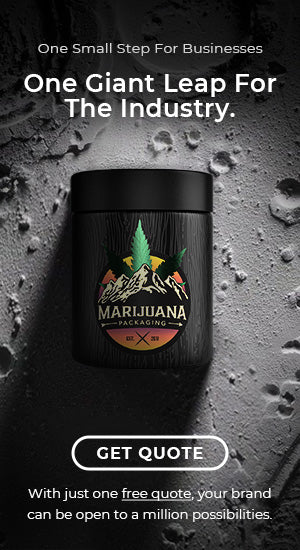
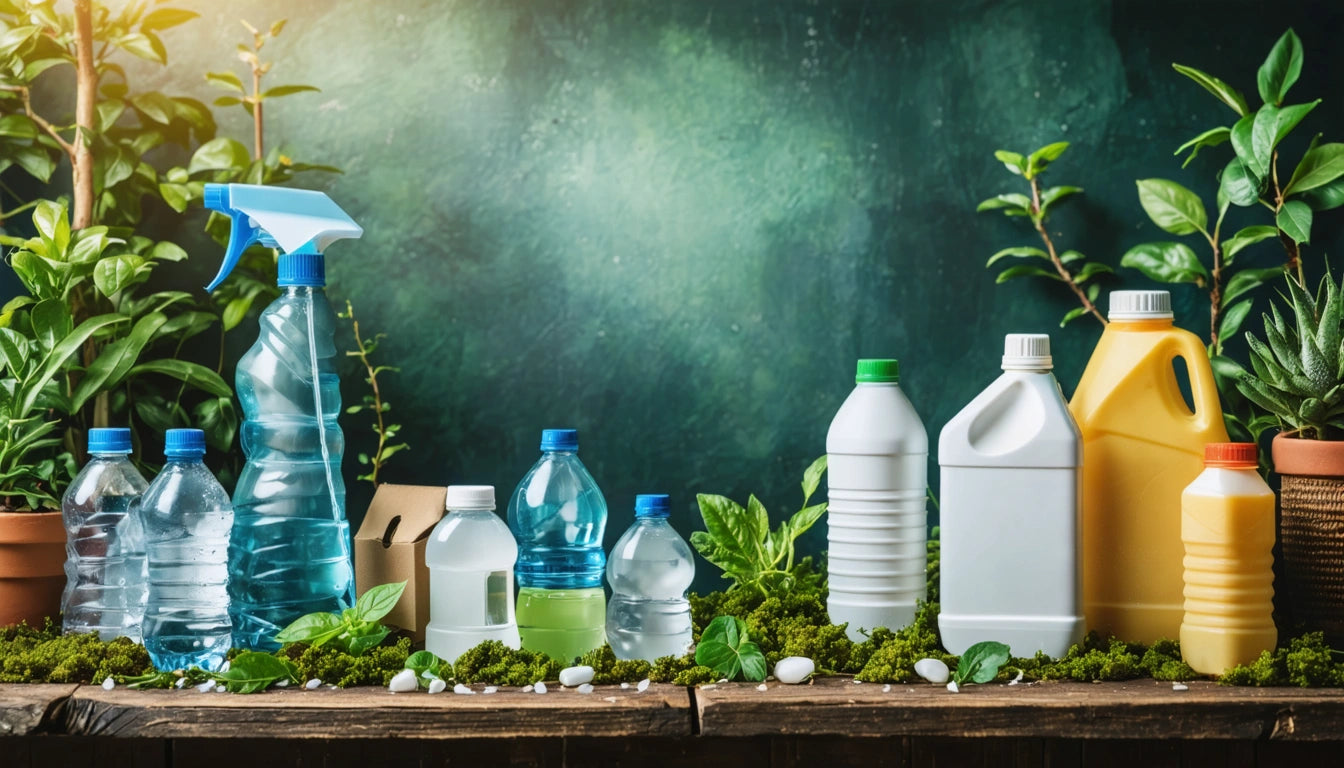
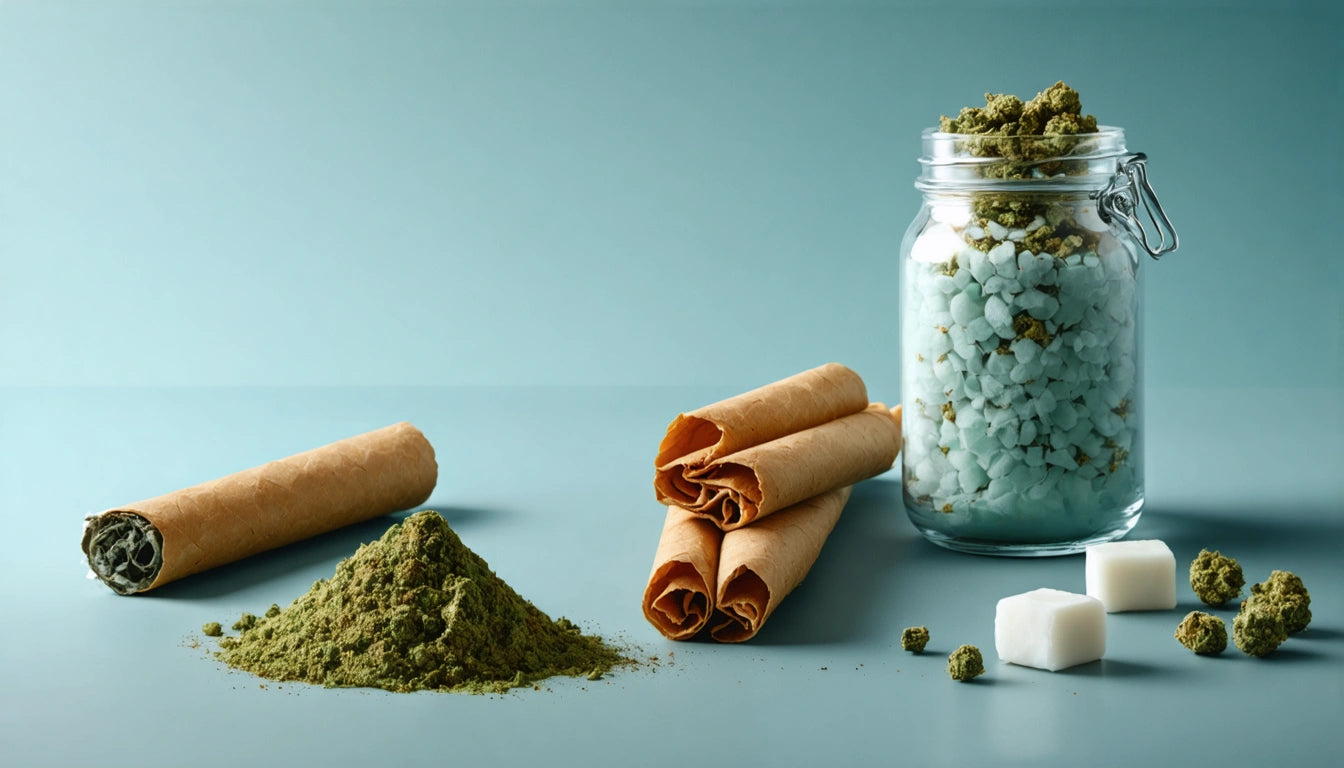
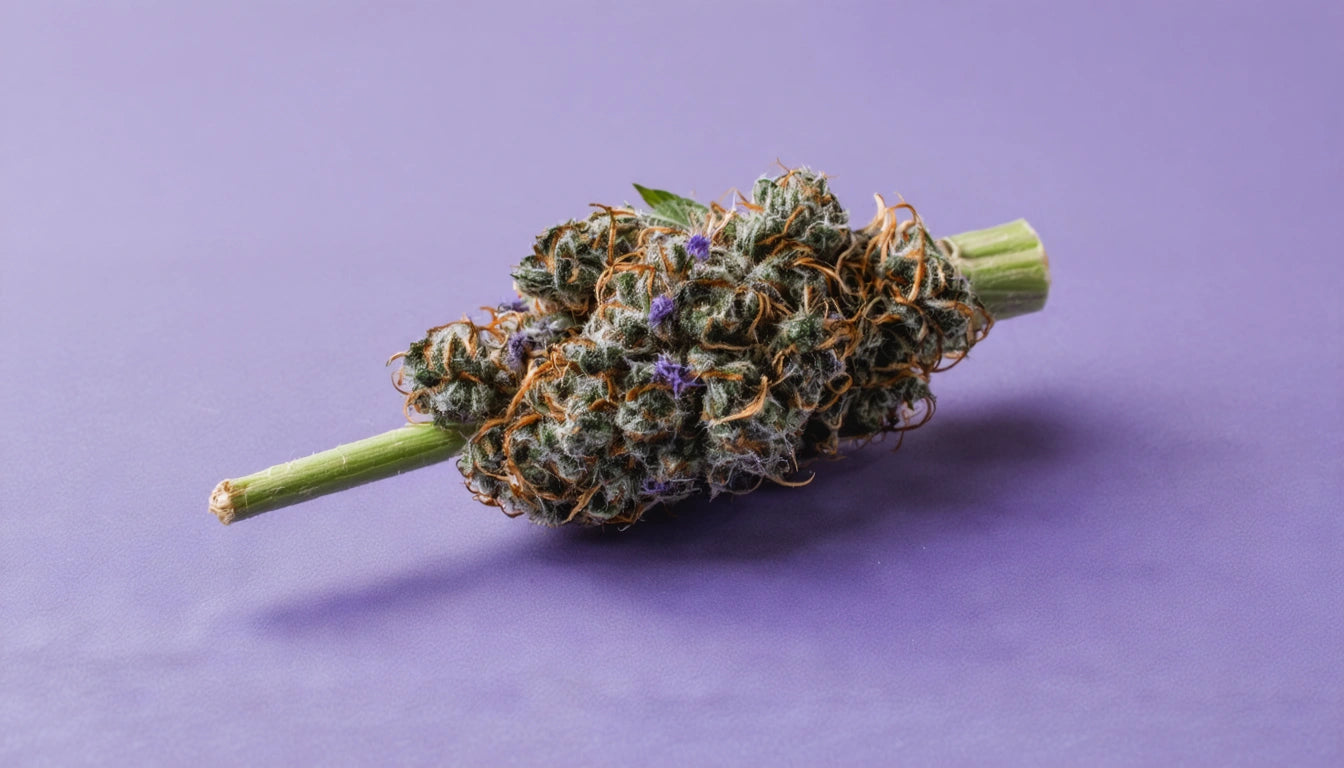
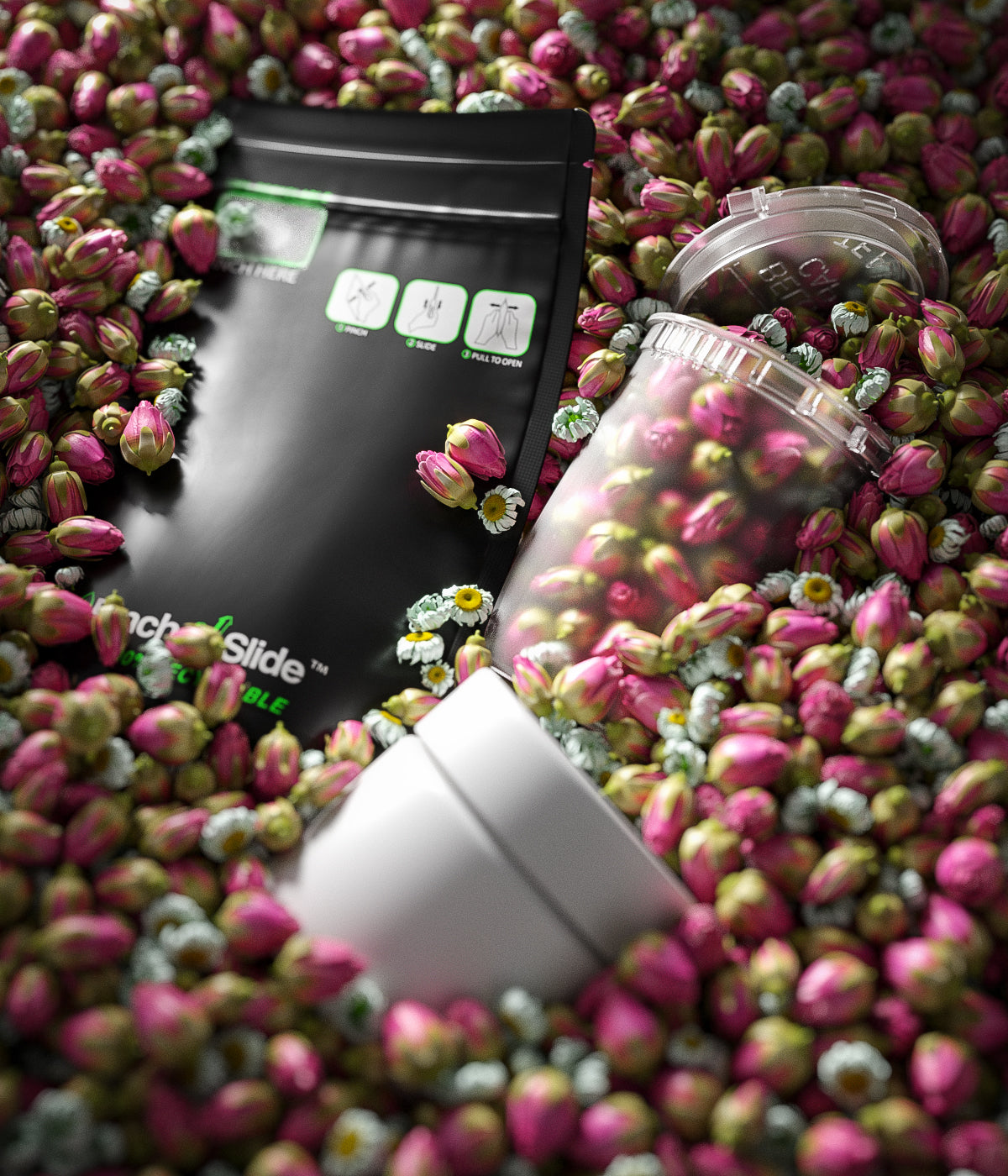

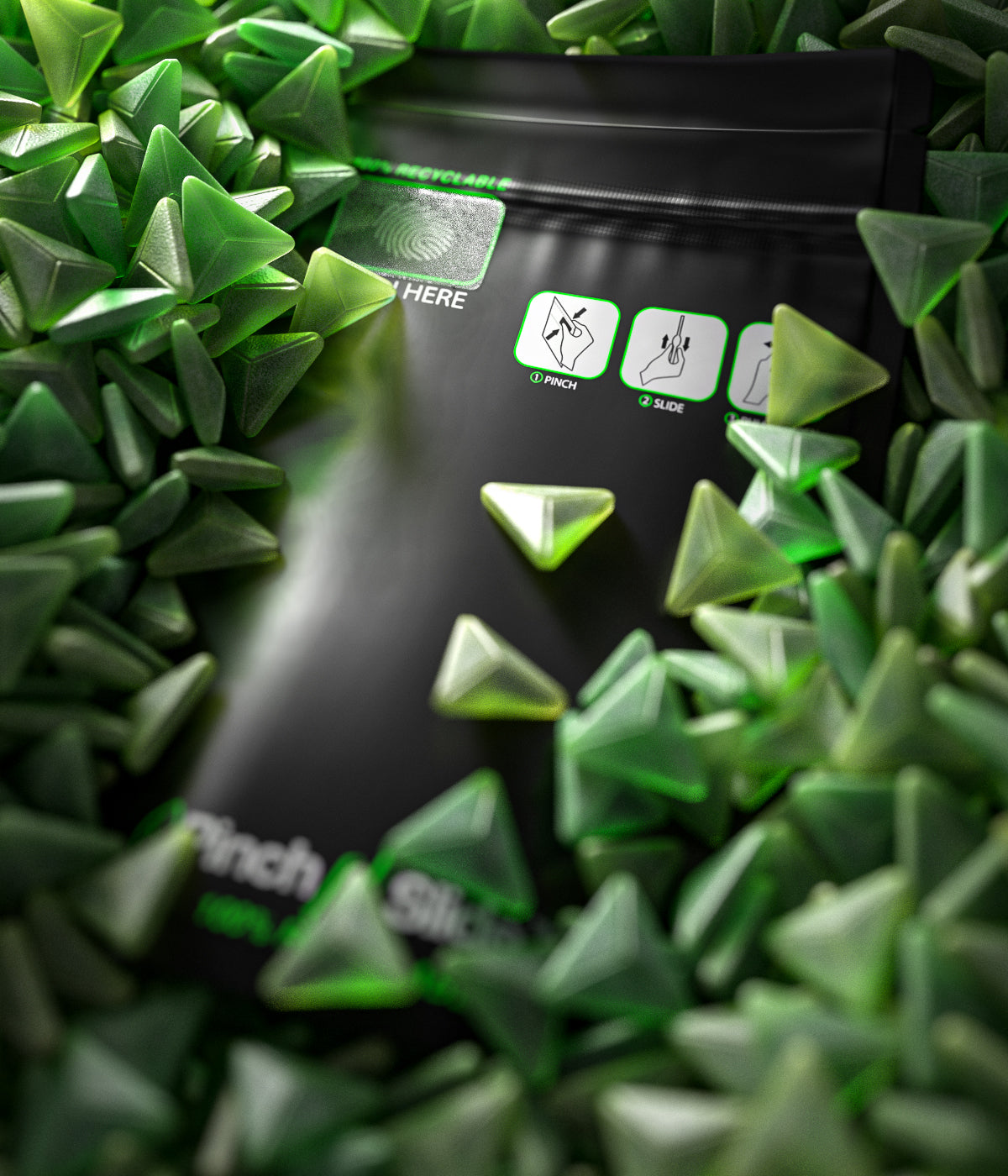

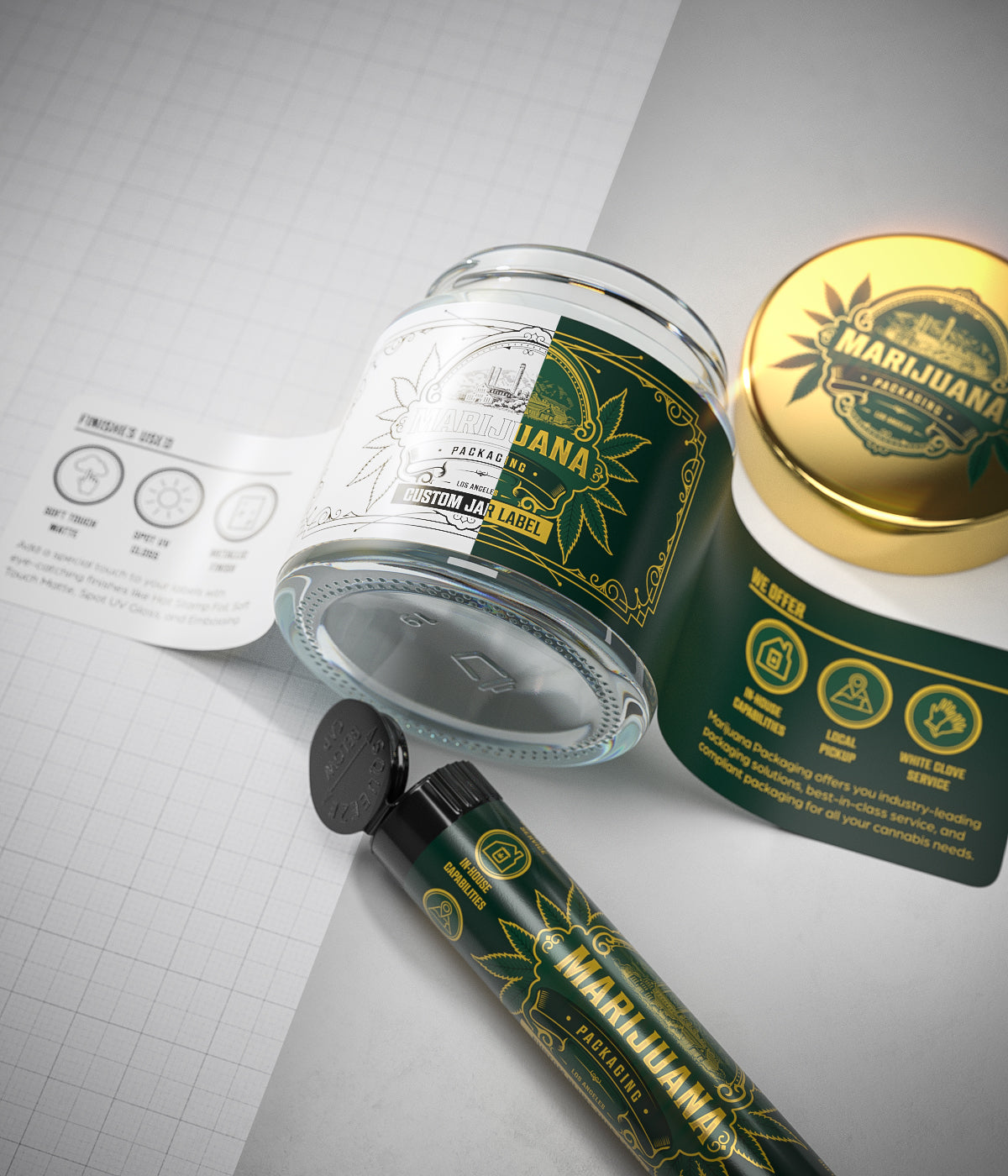
Leave a comment
All comments are moderated before being published.
This site is protected by hCaptcha and the hCaptcha Privacy Policy and Terms of Service apply.